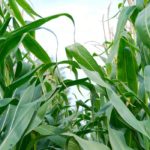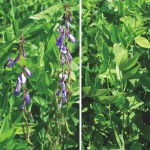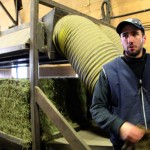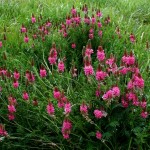
Corn silage moves west
The prospect of more tons per acre and fewer worries about harvest weather is prompting some cattle producers to park the baler

Growing your own N
New research in Saskatchewan proves forage rotations of only two years can provide a valuable fertility boost

High-quality forages tougher to find this year

Rain causes extreme haying delays

Foraging for better soils
If you aren’t growing forages, can you really say you’re farming sustainably?

Roundup Ready alfalfa primed for launch in East

Galega — a new forage import from Eastern Europe
Tests at the Thunder Bay Agricultural Research Station suggest it could be a high-yielding option for Eastern Canada

Forage breeding faces funding challenges
Government has cut back, private companies are not keen on crops that don’t need to be reseeded every year, and you can’t check off sales to farmers’ own livestock

Quebec haymakers use homemade dryer to improve quality
The Normandins also modified a small hay baler to convert big square bales into small ones

Sainfoin: a new forage legume for Ontario livestock producers
Its non-bloating qualities make it a perfect companion to long-standing favourites, or it works well on its own


